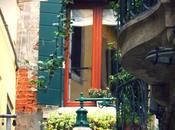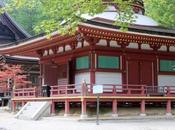 A famous British phrase says: "An Englishman's Home is His Castle."True, but the same should apply to the garden. Or rather, if it's true that the house of an Englishman is his castle, then the garden should be his Zen temple.British people love gardening and they show it. Basically every house has its little green space, sometimes not much wider than a handkerchief, of which the British have a religious care.
A famous British phrase says: "An Englishman's Home is His Castle."True, but the same should apply to the garden. Or rather, if it's true that the house of an Englishman is his castle, then the garden should be his Zen temple.British people love gardening and they show it. Basically every house has its little green space, sometimes not much wider than a handkerchief, of which the British have a religious care.Thanks to gardening they can save on the gym and the therapist. It 'is more than likely that without this healthy pastime, they would engage themselves in some far less harmless activities.
The smell of freshly cut grass is a must, when you walk through a residential neighborhood and you always meet someone bent on roses and other shrubs, immersed in their favourite activity.Garden centres are almost everywhere and, in general, they are as big as shopping centres. One can find all kinds of tools and gadgets there. From the most useful to the most unthinkable.
Garden gnomes are a status symbol. It's likely that they are even given first names and are treated as pets.
 Thanks to the "technical" advice of her personal architect, Maura, the Girlfriend could make an interesting comparison between British and Italian-style gardens, discovering that they have very opposite characteristics.As architect Maura explains...
Thanks to the "technical" advice of her personal architect, Maura, the Girlfriend could make an interesting comparison between British and Italian-style gardens, discovering that they have very opposite characteristics.As architect Maura explains..."The Italian Garden was born in Florence in the fifteenth century and finds its peak during the Renaissance, when perspective and its rules reigned in all arts..
This type of garden is purely ornamental, designed as an integral part and extension of the house. It's tidy, rigorous, is carefully designed in every part, and nature is totally submissive to the will of the architect through the art of topiary, which is the ability to give the desired shape to the plants with clear and frequent pruning.
Large areas are needed and a continuous and careful maintenance to make sure that the Italian garden give their best, because if the plants lose their "artificial"shape, the magic fades.It has the characteristic to give the visitor an overview, and a control over the space due to large perspective views of straight paths."
Some examples include:
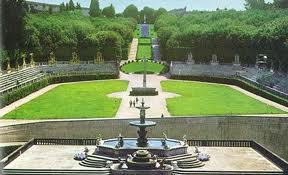 Boboli's Gardens, Florence.
Boboli's Gardens, Florence.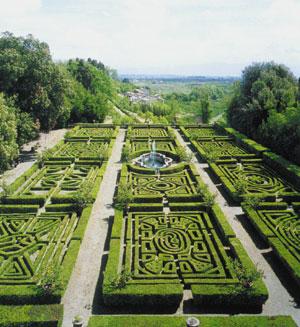 Villa Ruspoli's garden.
Villa Ruspoli's garden."The British garden, also known as landscaped garden or informal, was born in Britain in 1700 with the idea of opposing French absolutism and the Enlightenment theory of continuity.
The purpose of this type of garden is to move through the opposition between a seemingly wild nature and architectural artifice, and to create independence from the house. The nature, although carefully designed, it is not stuck in rigid patterns: the garden fits the context, using as far as possible the existing elements (tall trees or tracts of forest), and undulations.
There are lakes, streams and waterfalls with rocks, caves and ruins combined to create a pictorial landscape .
The paths are never straight, so it is possible to discover the landscape slowly from within. "
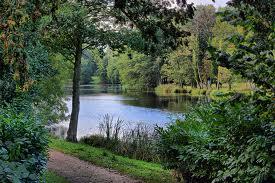
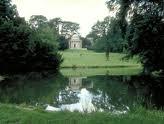
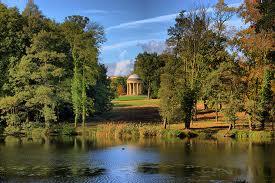 Stower Garden Buckingamshire.
Stower Garden Buckingamshire.Someone might be surprised that British people, proverbially "framed" opt for a less artificial garden, whereas the Italians, often known to be poorly organized and "chaotic", prefer elaborate and geometric gardens .The Girlfriend is not too surprised though. The British "seemingly wild" gardens remind her of their mythical and "enchanted" past , where nature and the earth were the center of everything, while the Italians have always had the fame of perfection-obsessed artists, who like to impress with works of art, as much elaborated as possible.

